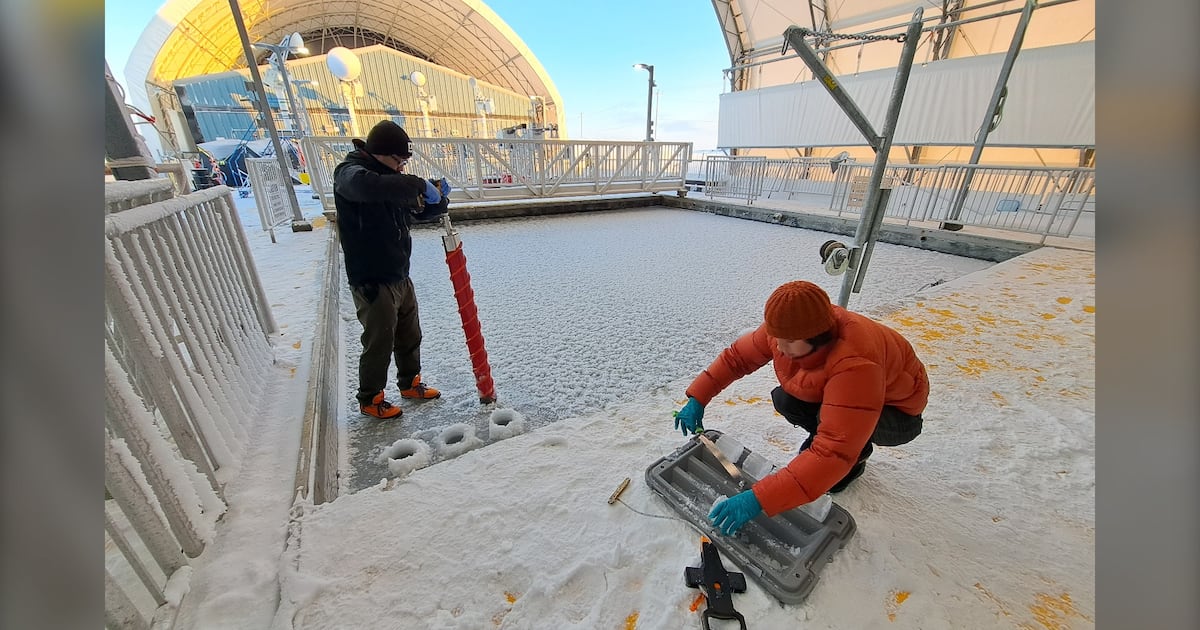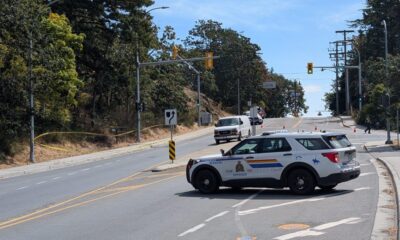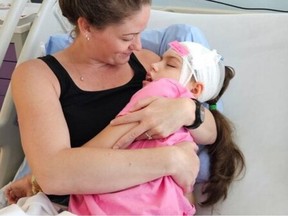Science
Manitoba’s Churchill Marine Observatory Marks One-Year Milestone

A multidisciplinary research facility in Churchill, Manitoba, dedicated to Arctic science, is approaching its one-year anniversary as it aims to tackle complex environmental questions with significant socioeconomic impacts. The Churchill Marine Observatory (CMO), which officially opened on August 27, 2024, represents a pivotal step in positioning Manitoba as a key player in marine research.
Dr. Feiyue Wang, the project lead at the University of Manitoba and professor at the Clayton H. Riddell Faculty of Environment, Earth, and Resources, emphasized the facility’s capacity for diverse research. The $45 million observatory enables the collection of seawater from both the Hudson Bay and the Churchill River, facilitating experimental studies on the rapidly changing marine environment.
“This kind of arrangement allows us to conduct experimental studies, examining various scenarios as the Hudson Bay environment undergoes rapid change,” Dr. Wang stated. He noted that the facility is essential for developing knowledge that can help prepare the region for environmental shifts.
Equipped for extensive research, the CMO focuses on critical issues such as risk reduction and mitigation strategies, particularly in response to potential oil spills in the area. Dr. Wang, with a background in aquatic chemistry, highlighted the observatory’s unique ability to study the interplay between freshwater and marine ecosystems in the Hudson Bay.
Innovative Research Initiatives
The observatory features advanced technology, including sensor-equipped strings placed along the bottom of the Churchill River and Hudson Bay. These sensors allow researchers to monitor both physical and biological properties of the water effectively. Additionally, the research vessel William Kennedy enhances mobility for sampling and monitoring efforts.
While many projects are still underway, the CMO has already supported three major research initiatives between November 2024 and February 2025. Notably, one project involved studying the initial stages of thin ice formation in collaboration with researchers from Denmark. Another study examined the capability of natural microorganisms to degrade oil in ice-covered waters, an essential aspect in the context of potential environmental disasters. Data from this ongoing research is currently being analyzed, with plans for further investigation this winter.
Community Involvement and Future Directions
Looking forward, Dr. Wang expressed a desire to enhance participation from Indigenous researchers and local community members in the CMO’s activities. He highlighted that incorporating the perspectives of those who call the region home is vital for effective research and stewardship.
“We’ve already incorporated community involvement to some extent, but I would like to see that become more prominent in the overall research direction of the CMO,” Dr. Wang remarked. The facility’s full-time technician is from the northern town, illustrating a commitment to local engagement.
The CMO’s first year has laid a solid foundation for future research endeavors, with aspirations to deepen community ties and broaden the scope of Arctic scientific inquiry. As the facility continues to grow, it stands poised to significantly contribute to understanding and protecting the fragile Arctic ecosystem.
-

 Science3 months ago
Science3 months agoToyoake City Proposes Daily Two-Hour Smartphone Use Limit
-

 Top Stories3 months ago
Top Stories3 months agoPedestrian Fatally Injured in Esquimalt Collision on August 14
-

 Health3 months ago
Health3 months agoB.C. Review Reveals Urgent Need for Rare-Disease Drug Reforms
-

 Technology3 months ago
Technology3 months agoDark Adventure Game “Bye Sweet Carole” Set for October Release
-

 World3 months ago
World3 months agoJimmy Lai’s Defense Challenges Charges Under National Security Law
-

 Lifestyle3 months ago
Lifestyle3 months agoVictoria’s Pop-Up Shop Shines Light on B.C.’s Wolf Cull
-

 Technology3 months ago
Technology3 months agoKonami Revives Iconic Metal Gear Solid Delta Ahead of Release
-

 Technology3 months ago
Technology3 months agoApple Expands Self-Service Repair Program to Canada
-

 Technology3 months ago
Technology3 months agoSnapmaker U1 Color 3D Printer Redefines Speed and Sustainability
-

 Technology3 months ago
Technology3 months agoAION Folding Knife: Redefining EDC Design with Premium Materials
-

 Business3 months ago
Business3 months agoGordon Murray Automotive Unveils S1 LM and Le Mans GTR at Monterey
-

 Technology3 months ago
Technology3 months agoSolve Today’s Wordle Challenge: Hints and Answer for August 19









